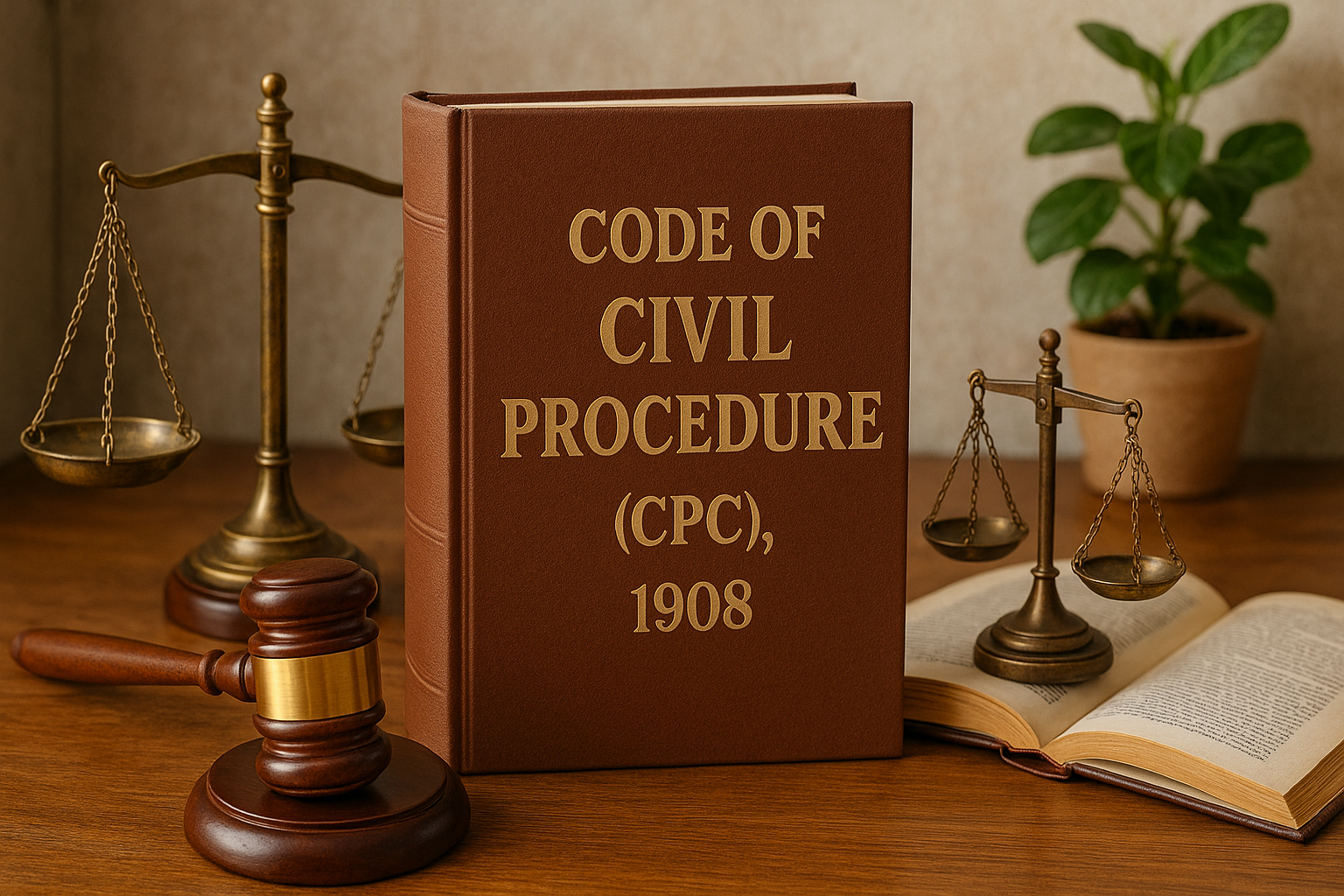What is the Examination of Parties?
The examination of parties is the initial oral questioning of the plaintiff and defendant by the court. Its purpose is to:
-
Identify the real issues in dispute
-
Clarify admissions and denials
-
Assist in framing of issues
Governed by Order X Rules 1 and 2 of the Code of Civil Procedure, 1908
When Does It Happen?
The examination of parties takes place after the filing of pleadings (plaint and written statement) and before the trial formally begins.
Legal Provisions: Order X CPC
Order X Rule 1 – Ascertainment of Matters in Dispute
-
The court may examine both parties in person or through a representative.
-
The aim is to identify what facts are agreed and what facts are disputed.
-
Helps in framing the issues for trial.
Order X Rule 2 – Oral Examination to Clarify Allegations
-
The court may question a party to:
-
Clarify ambiguous statements
-
Remove doubt or vagueness
-
Ensure fair trial preparation
-
This rule is particularly helpful when pleadings are unclear or evasive.
Purpose of Examination
| Objective | Explanation |
|---|---|
| ✅ Framing proper issues | Clarifies points of agreement and dispute |
| ✅ Preventing unnecessary trials | Helps in settlement or referral to ADR (Alternative Dispute Resolution) |
| ✅ Speeding up the process | Reduces the burden of irrelevant evidence |
| ✅ Assisting in early admissions | May lead to partial decree or striking out issues |
Is It a Cross-Examination?
❌ No.
This is not a cross-examination. It is a preliminary clarification tool used by the judge, not by the lawyers.
Examination in Special Situations
-
In commercial suits or complex litigation, this step becomes crucial for early case management.
-
It can also lead to referral to mediation or alternative dispute resolution if issues narrow down.

